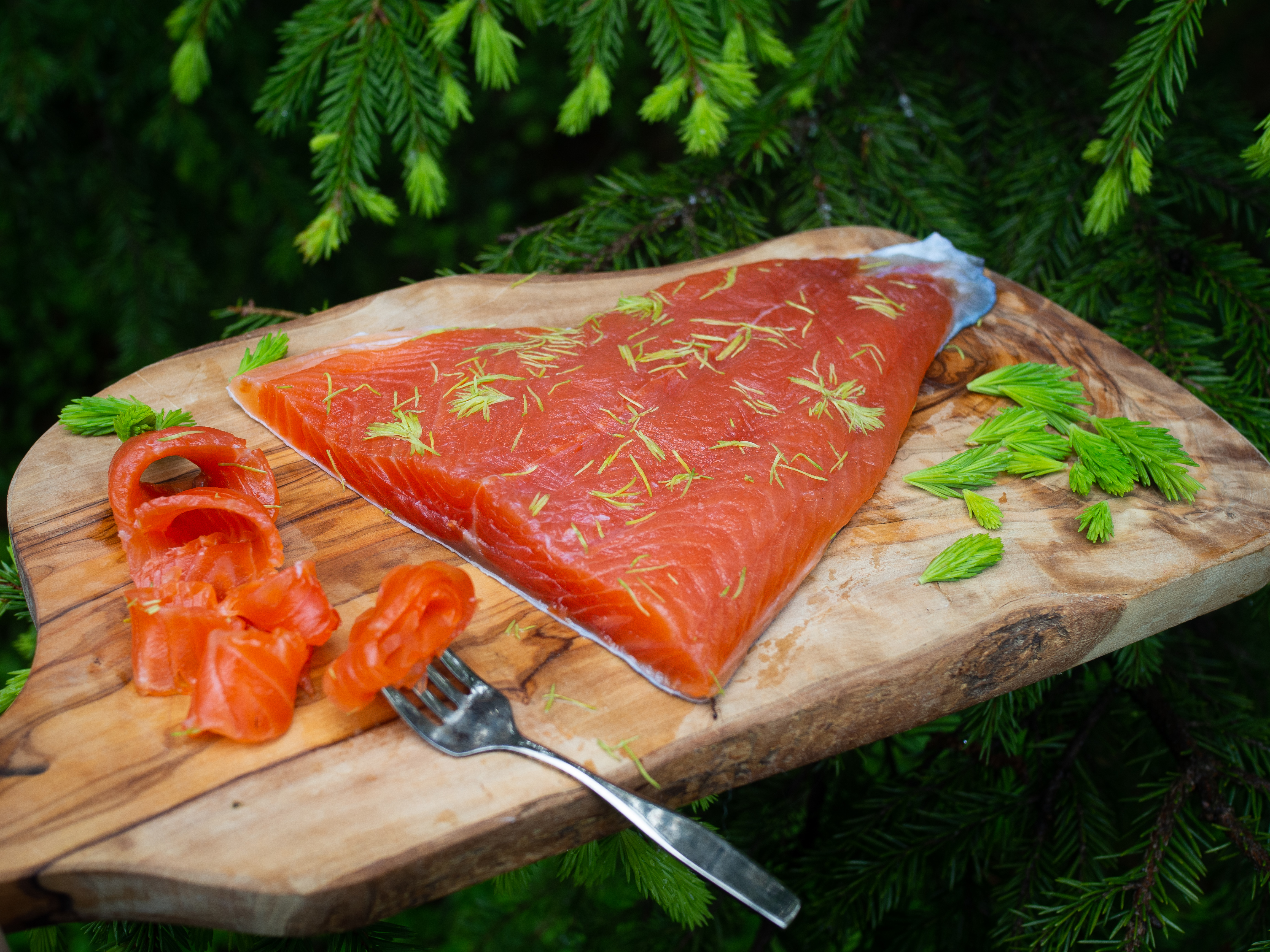
 As the sun rises, I find myself in the room I grew up in. The interior may have changed over the years I have been gone, but the memories have been imprinted across the walls, something that new paint cannot erase.
As the sun rises, I find myself in the room I grew up in. The interior may have changed over the years I have been gone, but the memories have been imprinted across the walls, something that new paint cannot erase.
Yearning for the new day, as every morning person does, I walk down to my favorite room in the house. Mom’s already in the kitchen. Stove warming, coffee brewing. Eggs being cracked along a well-worn bowl. Our family traditions are always evolving. We keep to a few habitual rituals, but otherwise, our tradition is to be untraditional. And as I sit back, I reflect on the traditions which families and cultures set. Questions about where they come from and what does our table say about the way we celebrate and embrace them dance around in my head. Food is the heart and soul of any celebration and taking the time to the understand what’s on our plate and why can be just as important as the celebration itself.
The Norwegian Easter, or Påske (from the Hebrew word pasach or passover), is a mixture of traditions stretching far back throughout the ages. The traditions stemmed out of evolving Lutheran practices, pre-Christian or heathen times, Judaism, and some from the era prior to the Reformation when Norwegians were Roman Catholics. The Easter egg, coming from an old heathen tradition symbolizing fertility, did not take hold in Norway until the 1900s, when keeping hens made it ways into the country’s animal husbandry. During fasting times, eggs were banned, so on Easter Sunday, people were once again allowed to eat boiled eggs for breakfast and this became known as the Easter egg. For Norwegians, the egg is a more natural symbol of rebirth and Easter than the bunny. For this was the time of year when hens began to lay eggs. (Science Nordic) (more…)





 Lifting the weight and removing the board revealed a two-day culinary journey. Nothing difficult, nothing too time consuming. An act of osmosis. Curing. Transformation. And as the sharpened knife slowly pierced into the orange-pink, dill-infused delicacy, the thrill of knowing the next time step would be getting a taste reached across to everyone in the kitchen. A smooth, grainy and subtly sweet mustard sauce and a warm, hearty bowl of creamy potatoes dancing with dill to round it all off. Luxury at its finest and also its simplest.
Lifting the weight and removing the board revealed a two-day culinary journey. Nothing difficult, nothing too time consuming. An act of osmosis. Curing. Transformation. And as the sharpened knife slowly pierced into the orange-pink, dill-infused delicacy, the thrill of knowing the next time step would be getting a taste reached across to everyone in the kitchen. A smooth, grainy and subtly sweet mustard sauce and a warm, hearty bowl of creamy potatoes dancing with dill to round it all off. Luxury at its finest and also its simplest.



 As the sun rises, I find myself in the room I grew up in. The interior may have changed over the years I have been gone, but the memories have been imprinted across the walls, something that new paint cannot erase.
As the sun rises, I find myself in the room I grew up in. The interior may have changed over the years I have been gone, but the memories have been imprinted across the walls, something that new paint cannot erase.